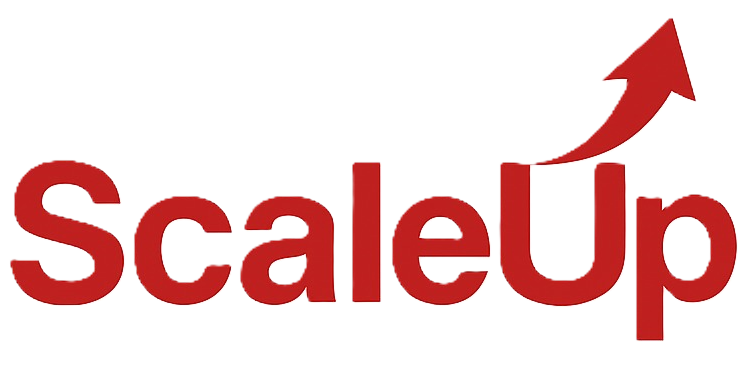How Data Science is Reshaping the Future of Human Resources
Introduction
Data science is no longer just for tech companies or researchers. It’s now transforming areas we might not expect—like Human Resources (HR). HR used to rely on gut feelings, experience, and manual processes. But today, thanks to the explosion of workplace data, data science is changing the game. From hiring and onboarding to employee retention and performance tracking, HR departments are using data analytics and machine learning to make smarter, faster, and fairer decisions.
In a time when attracting and keeping top talent is more competitive than ever, data science gives HR teams a big advantage. It helps companies build better workplaces by making decisions based on data-driven insights.
Data-Driven Hiring: Finding the Right Talent, Faster
Using Predictive Analytics in Recruitment
Companies today are using data science to improve their recruitment process. They’re moving beyond just resumes and job boards to find candidates based on real insights.
Case Study:
Unilever’s AI Hiring Process
Unilever has streamlined their hiring with AI-powered video interviews and predictive models. The system analyzes facial expressions, tone of voice, and even the words candidates use. This objective ranking helps improve both fairness and efficiency.
How It Works:
- Machine learning models review data from past successful hires.
- Natural Language Processing (NLP) evaluates how candidates communicate.
- Computer vision tracks facial cues and body language during video interviews.
Result:
- Shorter hiring cycles, less bias, and better candidate-job fit.
Predicting Employee Turnover Before It Happens
Using Analytics to Retain Top Talent
Losing high-performing employees is a huge cost for businesses. With data science, HR teams can now predict which employees are at risk of leaving—and understand why.
Case Study: IBM’s Predictive Attrition Program
IBM developed an AI model that can predict employee turnover with up to 95% accuracy. The tool flags employees who might leave and suggests actions like role changes, salary adjustments, or mentorship programs.
How It Works:
- Classification algorithms identify employees at risk of leaving.
- Sentiment analysis from internal surveys tracks mood and satisfaction.
- Pattern recognition looks at things like work hours, promotion delays, and performance dips.
Impact:
- Better retention, happier employees, and lower hiring costs.
Improving Employee Performance with Real-Time Insights
Moving Beyond Annual Reviews
Traditional performance reviews can be outdated by the time they happen. Data science is enabling continuous performance management, allowing managers to track employee progress and engagement in real time.
Example:
Workday’s People Analytics Platform
Workday’s platform helps managers track performance, goal completion, collaboration, and even burnout risk—giving a complete picture of employee well-being and output.
How It Works:
- Dashboards show real-time performance metrics and engagement levels.
- Behavioral analytics monitor team collaboration and productivity.
- Feedback analysis from tools like Slack or Teams provides immediate insights.
Benefits:
- Timely support for struggling employees.
- Recognition for top performers.
- More agile HR decisions.
Promoting Diversity and Inclusion Through Data
Removing Bias and Building Equity
Data science is helping HR teams spot unconscious bias, track diversity metrics, and create more inclusive hiring and promotion strategies.
Case Study: Salesforce’s Equality Analytics
Salesforce uses internal dashboards to monitor hiring, promotions, and pay equity. When disparities appear, HR takes action to close gender and race-based gaps proactively.
How It Works:
- Demographic data is analyzed to track representation.
- Bias detection algorithms are used during resume screening.
- Inclusion surveys are analyzed with NLP to gauge employee sentiment.
Result:
- More equitable workplaces and a stronger company brand.
Strategic Workforce Planning with Data Science
Preparing for the Skills of Tomorrow
HR is becoming more strategic by using data science to forecast talent needs and prepare for future skill gaps.
Example: LinkedIn Talent Insights
LinkedIn offers tools that analyze hiring trends, talent availability, and in-demand skills. This helps companies align their recruitment strategy with future business goals.
How It Works:
- Predictive modeling helps companies anticipate talent shortages.
- Cluster analysis groups employees by skill sets.
- Market analysis compares talent strategies with competitors.
Outcome:
- Better hiring decisions, quicker internal mobility, and more proactive training investments.
The Role of HR Data Scientists and Analysts
Just like marketing or finance, HR now needs professionals who can turn data into action. HR data scientists combine technical skills with a deep understanding of people to solve workplace challenges.
Key Skills:
- Data visualization (Tableau, Power BI)
- Python or R for predictive modeling
- SQL for managing employee data
- Strong communication and empathy
For those looking to enter this field, it’s an exciting career path where technology meets human understanding.
The Future of HR with Data Science
As data science tools get more advanced and user-friendly, the future of HR will be:
- More personalized: AI-driven career paths for each employee.
- More proactive: Real-time feedback and predictive interventions.
- More inclusive: Continuous measurement and improvement of diversity.
With the right data, companies can improve performance and create a better work culture.
Conclusion
Data science is revolutionizing HR—from recruitment and retention to performance and diversity. In today’s world, where people are a company’s greatest asset, using data to understand, support, and empower employees is not just smart; it’s essential.
As the future of work becomes increasingly data-driven, HR professionals who embrace analytics will lead the way in creating smarter, fairer, and more human workplaces.







